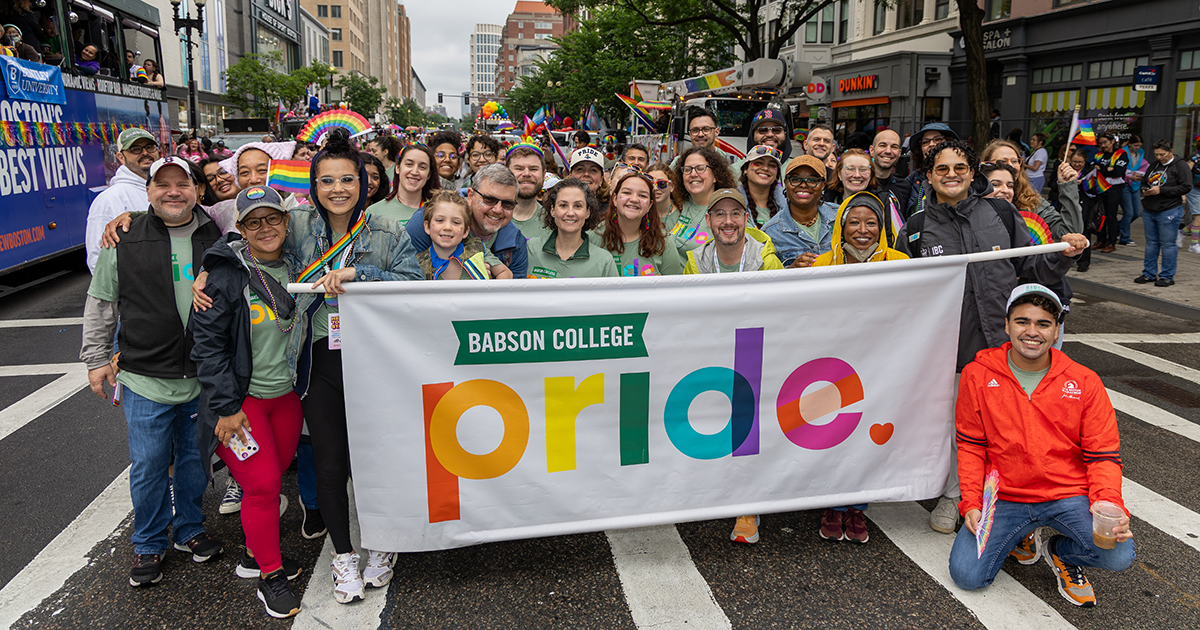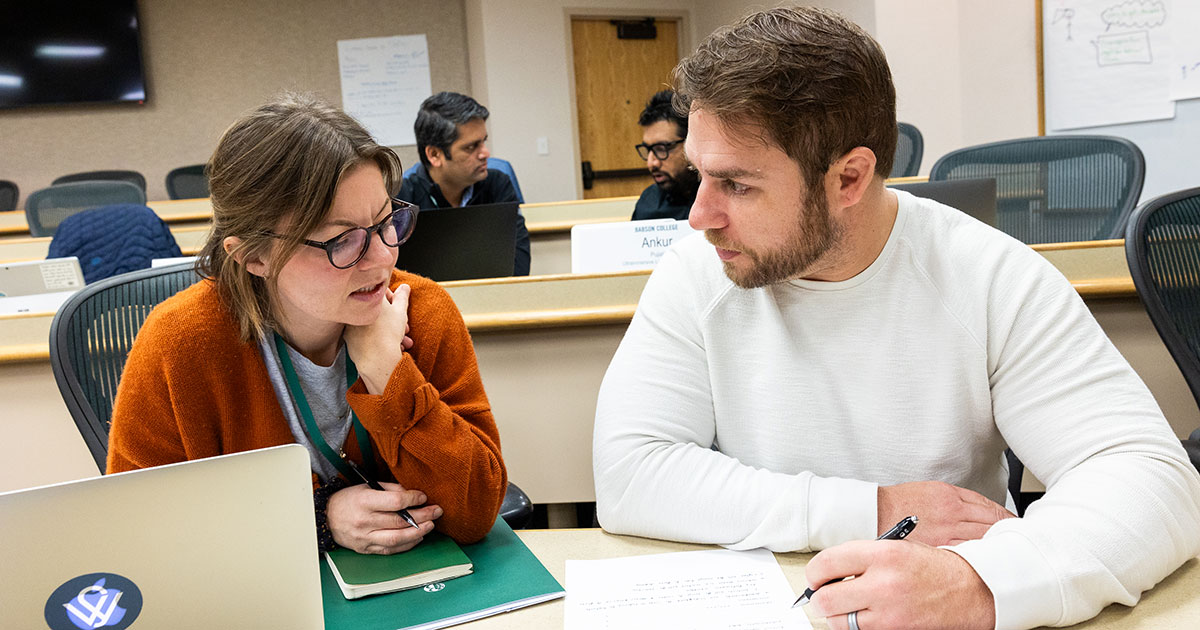Research Recap: Women at Work

Thirty-one years before women could vote in America, Anna Bissell became the country’s first female CEO. The year was 1889, and she took the reins of the Bissell sweeper company after the founder, her husband, Melville, passed away. Anna established new guidelines on trademarks and patents, sold the sweepers in major national department stores, took the company global, and introduced progressive policies such as employee pension plans.
Approximately 130 years later, women at work increasingly hold important roles in business: as executives, board members, founders, team leaders, entrepreneurs, and more. However, only 6.4 percent of Fortune 500 CEOs are women. It’s a little better when it comes to the boardroom, but still, women only hold 16 percent of the board seats for U.S. companies listed on the Russell 3000 index.
Clearly, great strides must be made to reach gender parity. Researchers are keenly interested in figuring out how to take the best of women’s experiences in the workplace and using the lessons learned to help level the playing field. Here are some of the most recent research findings from Babson College faculty about how to help women reach their full potential.
Find Your Tribe.
Women participate more actively and feel more confident when they are working in small groups that are largely female or that have an equal number of both men and women. A cohort of 10-15 people is key to building effective strategic networks. The goal is to create a microenvironment large enough to experience the reciprocal benefits of networking, but small enough to allow the critical confidence building necessary to get the group off to a successful start. – P.J. Guinan and Jennifer Bailey, Breaking Through the Glass Ceiling in Cohorts
Learn by Doing.
Mastery experiences and learning by doing are very effective in developing self-confidence in women entrepreneurs, making them more likely to think of themselves as founders, and improving startup rates. From a public policy perspective, programs that assist women entrepreneurs need to focus specifically on developing skills and testing out experiences related to entrepreneurship, especially through activities that create confidence. – Candida Brush, Abdul Ali, Donna Kelley, and Patricia Greene, The Influence of Human Capital Factors and Context on Women’s Entrepreneurship: Which Matters More?
Beware of Implicit Bias in VC.
Gender stereotypes influence venture capitalists’ evaluations. Contrary to popular assumptions, our research found evidence that investors are not biased against women per se, but rather, that both men and women face biases when they display feminine-stereotyped behaviors. In our research, we found this bias regardless of whether the entrepreneurs were men or women. VCs don’t want to see particular behaviors, so if you’re overly emotional or expressive, consider practicing to avoid those things. – Lakshmi Balachandra, Tony Briggs, Kim Eddleston, and Candida Brush, Don’t Pitch Like a Girl! How Gender Stereotypes Influence Investor Decisions
Cast a Wide Net.
Board selection processes need to change. In an unstructured selection process, which is risk-averse and focused on identifying individuals who “fit” with the existing board members, women simply are not getting noticed. Nonprofit governance committees must cast a wider net and leverage women’s networking groups to seek out new members. To facilitate real change, women need to take responsibility for increasing their visibility in the elite circles that feed nonprofit boards. In doing so, women can strengthen their existing networks as well as build new relationships to ensure that these elites are aware of their skills and interests in nonprofit board leadership. – Danna Greenberg and Wendy Murphy, Women, Nonprofits Can Take Action to Change the Face of Boards
Fight for a Seat at the Table.
If businesses are serious about sparking a culture shift, they should think in threes. Three is a critical mass that lets women influence the content and process of board discussions, without being seen as outsiders. Quotas, like those in California’s proposed bill that would force the state’s publicly traded companies to add at least one woman by 2019, won’t help if multiple companies are bringing the same group of women into their boardrooms. This lack of diversity isn’t bad just for women; it’s bad for business. Research shows that greater gender diversity on boards and in corporate leadership positions is associated with greater profitability and higher stock values. Instead of focusing on quotas, companies would get more impact by creating policies that facilitate women rising through the corporate ranks more broadly. – Susan Duffy, Executive Director, Center for Women’s Entrepreneurial Leadership (CWEL)
Posted in Insights






